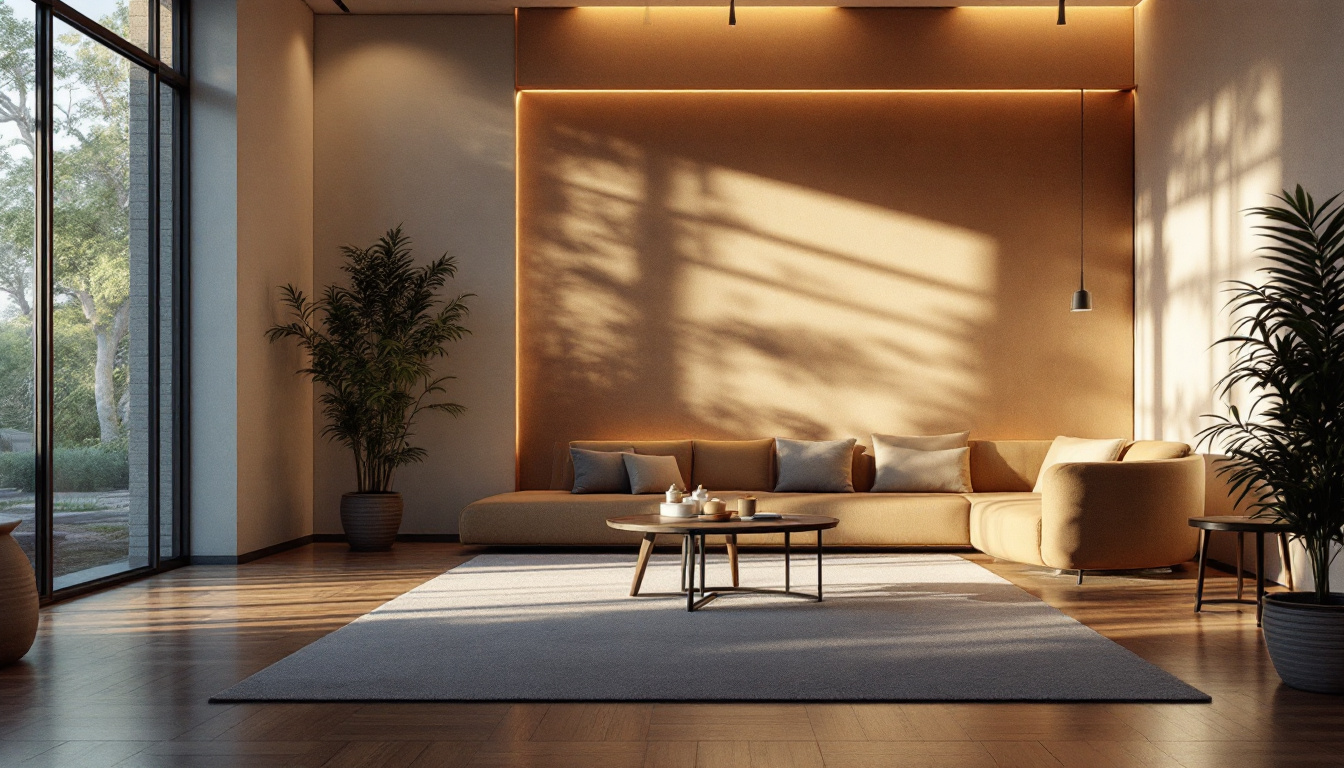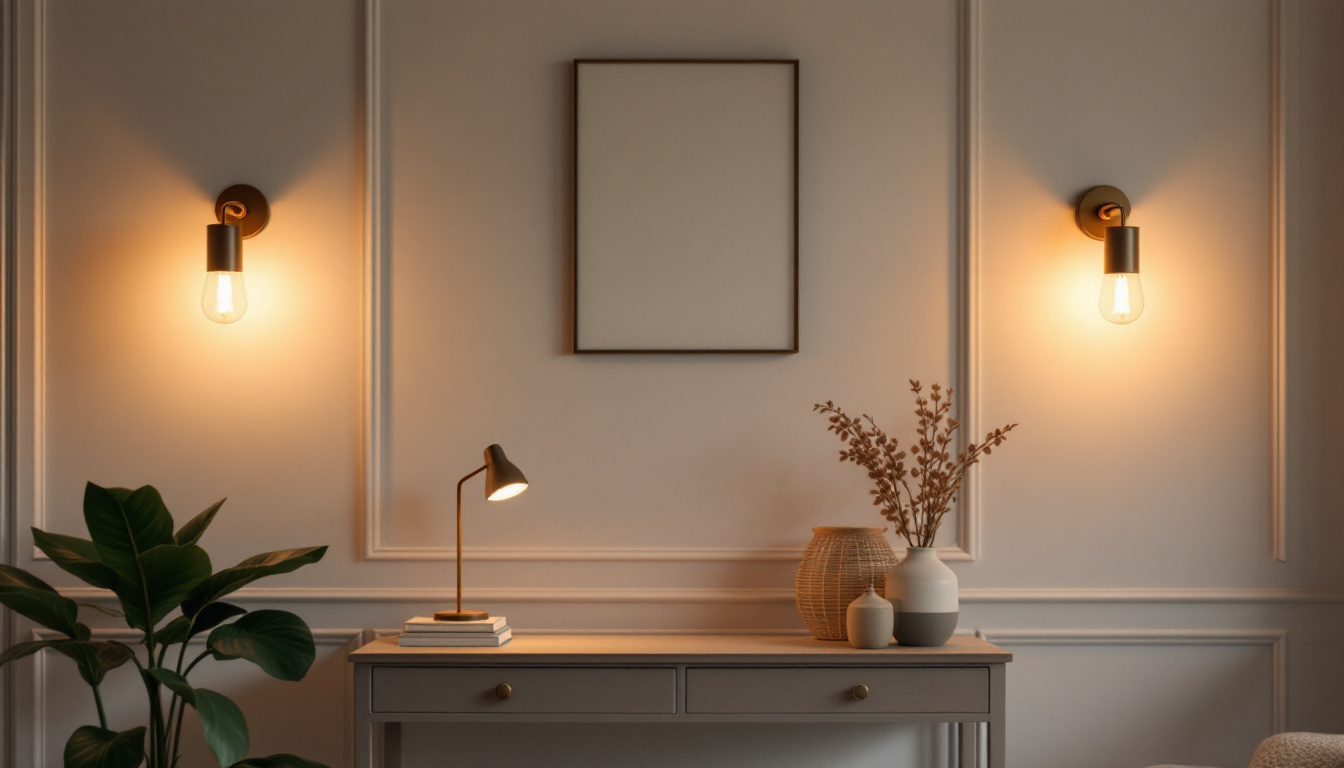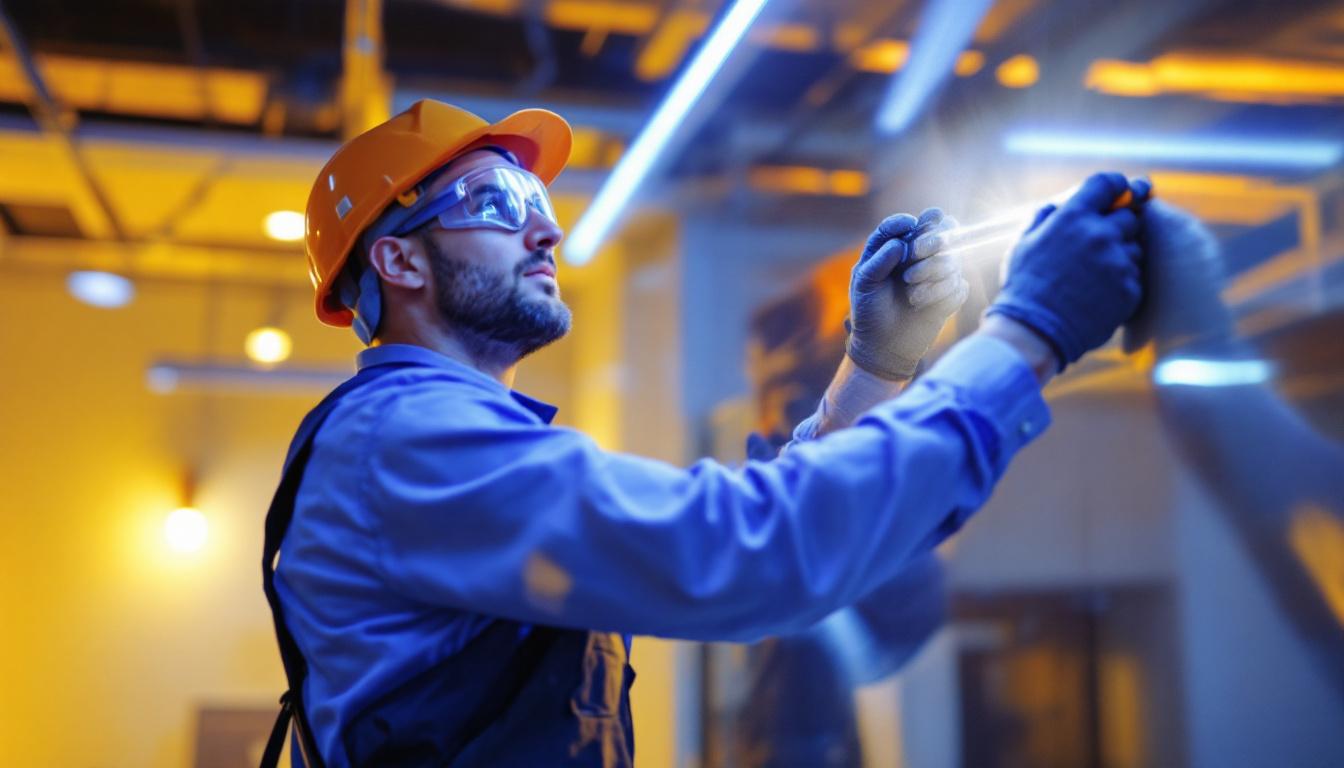
In the ever-evolving world of lighting design, the integration of innovative technologies and techniques is essential for creating spaces that are not only functional but also aesthetically pleasing. One such innovation that has garnered attention is the concept of Fan Arctic. This approach combines the principles of airflow and lighting to enhance the overall ambiance of a space. For lighting contractors looking to elevate their designs, understanding the nuances of Fan Arctic can be a game-changer.
Fan Arctic is a unique approach that focuses on the synergy between lighting and airflow. By leveraging the natural movement of air, this technique aims to create a more comfortable and visually appealing environment. The concept is rooted in the idea that lighting does not exist in a vacuum; rather, it interacts with various elements within a space, including temperature and airflow.
At its core, Fan Arctic emphasizes the importance of designing lighting solutions that complement the dynamics of air movement. This is particularly relevant in large spaces where proper airflow is essential for comfort. By integrating lighting design with ventilation systems, contractors can achieve a harmonious balance that enhances both visibility and comfort. This integration not only improves the functionality of the space but also elevates the overall user experience, making it more enjoyable and conducive to various activities.
Moreover, the Fan Arctic approach encourages a more sustainable design philosophy. By understanding the interplay between light and air, designers can create spaces that require less energy for heating and cooling, ultimately leading to reduced carbon footprints. This is increasingly important in today’s eco-conscious world, where both businesses and consumers are seeking ways to minimize their environmental impact.
To fully appreciate the benefits of Fan Arctic, it is crucial to understand the science behind it. Air movement plays a significant role in how lighting is perceived. For instance, warm air tends to rise, while cooler air settles at lower levels. This natural phenomenon can affect how light is distributed throughout a space. Understanding these principles allows designers to manipulate the environment to their advantage, ensuring that light reaches all areas effectively while maintaining a comfortable temperature.
By strategically placing light fixtures in conjunction with airflow patterns, contractors can create zones of illumination that enhance visibility while maintaining a comfortable environment. This is particularly useful in commercial settings, where the combination of lighting and airflow can influence productivity and mood. For example, in office spaces, a well-lit area with optimal airflow can boost employee morale and focus, leading to higher efficiency and job satisfaction. Furthermore, the psychological effects of lighting—such as color temperature and intensity—can be fine-tuned to align with the natural rhythms of air movement, creating a more dynamic and engaging atmosphere.
Integrating airflow with lighting design offers several advantages. Firstly, it can lead to improved energy efficiency. By optimizing the placement of light fixtures in relation to air movement, contractors can reduce the need for excessive lighting, thereby lowering energy consumption. This not only results in cost savings for businesses but also contributes to a more sustainable approach to building design.
Secondly, this approach can enhance the overall aesthetic of a space. Thoughtfully designed lighting that works in tandem with airflow can create a more inviting atmosphere. This is especially important in areas such as restaurants and retail spaces, where ambiance plays a crucial role in customer experience. The interplay of light and air can help to delineate different areas within a space, guiding patrons through a journey that feels both intentional and immersive. Additionally, using lighting to highlight architectural features or artwork can draw attention to specific elements, further enriching the visual narrative of the environment.
The principles of Fan Arctic can be applied in various settings, from residential homes to large commercial buildings. Understanding how to implement these strategies effectively is key for lighting contractors aiming to stand out in a competitive market.
In residential settings, the Fan Arctic approach can transform ordinary rooms into extraordinary spaces. For instance, in an open-concept living area, strategically placed ceiling fans can enhance airflow while also serving as a design feature. Coupled with ambient lighting, this creates a cozy and inviting environment.
Moreover, the use of dimmable LED fixtures can provide versatility in lighting options, allowing homeowners to adjust the ambiance according to their needs. This adaptability is essential for creating spaces that can transition from day to night seamlessly. In addition, incorporating smart home technology can further elevate the experience; homeowners can control their lighting and fan settings through mobile apps or voice commands, making it easier to create the perfect atmosphere for any occasion.
In commercial environments, the integration of airflow and lighting is even more critical. For example, in office buildings, proper lighting can boost employee productivity and morale. By utilizing the Fan Arctic approach, contractors can design lighting systems that not only illuminate workspaces effectively but also promote a comfortable airflow, reducing the likelihood of fatigue.
Additionally, in retail settings, the strategic use of lighting can guide customer movement and highlight products. When combined with effective airflow management, this can create an engaging shopping experience that encourages longer visits and increased sales. Furthermore, the aesthetic appeal of well-designed lighting can enhance brand identity, making stores more memorable to customers. By incorporating adjustable lighting that can adapt to different times of day or special promotions, retailers can maintain a dynamic shopping environment that keeps customers returning for more.
When adopting the Fan Arctic approach, several design considerations must be taken into account. These factors can significantly impact the effectiveness of the lighting and airflow integration.
The placement of light fixtures is crucial in achieving the desired effect. Lighting contractors should consider the natural airflow patterns in a space when determining where to position fixtures. For instance, placing lights near air vents can enhance the distribution of light while ensuring that the airflow remains unobstructed.
Moreover, varying the height and angle of fixtures can create dynamic lighting effects that complement the movement of air. This adds depth to the design and enhances the overall visual appeal of the space.
Selecting the appropriate lighting fixtures is another critical aspect of the Fan Arctic approach. LED fixtures are often recommended due to their energy efficiency and versatility. They can be easily integrated into various designs and offer a range of color temperatures to suit different environments.
Additionally, fixtures that allow for adjustable brightness can further enhance the adaptability of a space. This flexibility is particularly beneficial in environments where lighting needs may change throughout the day.
While the Fan Arctic approach offers numerous benefits, it is not without its challenges. Understanding these potential obstacles and how to overcome them is essential for successful implementation.
One of the primary challenges is achieving a balance between airflow and lighting. In some cases, the placement of light fixtures may obstruct airflow, leading to discomfort. To address this, contractors should conduct thorough assessments of airflow patterns before finalizing fixture placements.
Utilizing adjustable fixtures can also provide a solution, as they allow for modifications based on the specific needs of the space. Additionally, incorporating smart technology can help monitor and adjust both lighting and airflow in real-time, ensuring optimal comfort and efficiency.
Another challenge that contractors may face is the initial cost of implementing advanced lighting and airflow systems. While the upfront investment may be higher, the long-term benefits often outweigh the costs. Energy savings, improved comfort, and enhanced aesthetics can lead to significant returns on investment.
To mitigate these costs, contractors can explore various funding options, such as energy efficiency grants or incentives. Educating clients about the long-term advantages of the Fan Arctic approach can also help justify the investment.
As technology continues to advance, the future of lighting design will likely see even more integration of airflow and lighting principles. Emerging trends are shaping the way contractors approach their designs, making it essential to stay informed about the latest developments.
Smart lighting systems are becoming increasingly popular, allowing for greater control over both lighting and airflow. These systems can be programmed to adjust based on occupancy, time of day, or even weather conditions. This level of automation not only enhances comfort but also promotes energy efficiency.
Contractors should consider incorporating smart technology into their designs to meet the growing demand for intelligent lighting solutions. This can set them apart in a competitive market and provide clients with cutting-edge options.
Another trend gaining traction is the emphasis on sustainability. As more clients seek environmentally friendly solutions, lighting contractors must be prepared to offer designs that prioritize energy efficiency and reduce carbon footprints.
The Fan Arctic approach aligns well with these sustainable practices, as it promotes the use of energy-efficient fixtures and optimized airflow. By highlighting the environmental benefits of this approach, contractors can attract eco-conscious clients and contribute to a greener future.
In conclusion, the Fan Arctic approach represents a significant advancement in lighting design, offering contractors a unique opportunity to enhance their projects. By understanding the interplay between lighting and airflow, contractors can create spaces that are not only visually stunning but also comfortable and efficient.
As the industry continues to evolve, staying informed about the latest trends and technologies will be crucial for success. By embracing the principles of Fan Arctic, lighting contractors can position themselves as leaders in the field, delivering exceptional designs that meet the needs of modern clients.
Ready to bring the innovative Fan Arctic approach to your lighting designs? At LumenWholesale, we provide the tools you need to create stunning, efficient, and comfortable spaces. Our spec-grade lighting products are designed to meet the highest industry standards, ensuring your projects shine with reliability and performance. With unbeatable wholesale prices and the convenience of free shipping on bulk orders, you can access premium lighting solutions that fit your budget. Don’t let middleman markups dim your creative vision. Embrace the future of lighting design and discover wholesale lighting at the best value today with LumenWholesale.

Discover essential tips and expert advice for lighting contractors on transitioning from fluorescent lights to energy-efficient LED systems.

Discover how industrial indoor lighting solutions can enhance efficiency and productivity for lighting contractors.

Discover the essential guide for lighting contractors on sconces lighting fixtures.

Discover expert tips and insights on optimizing LED light brightness for various projects.